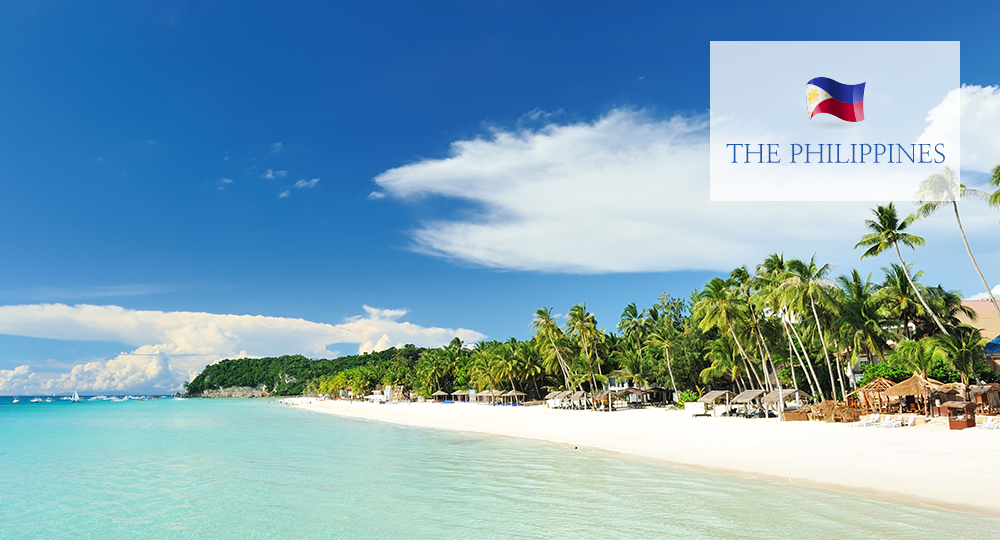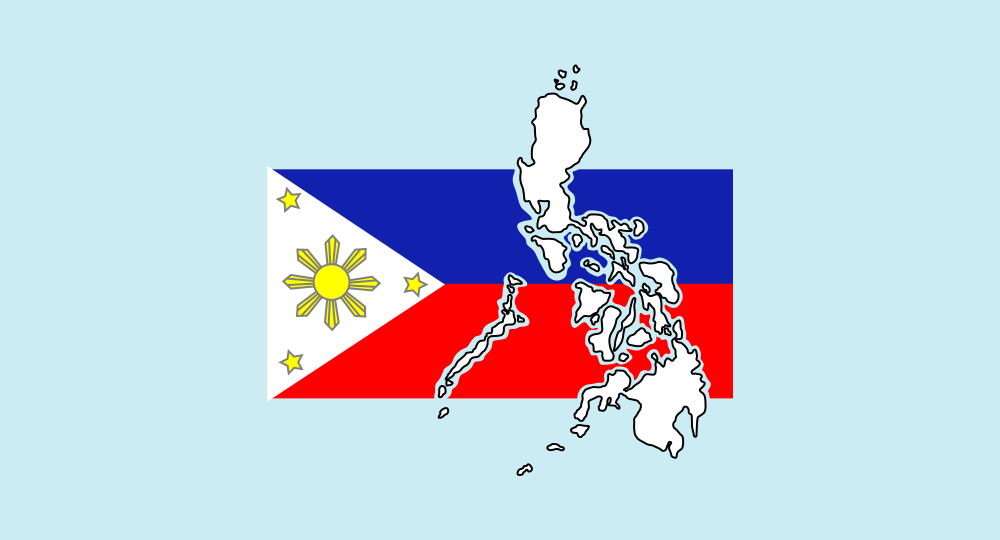
About the Philippines
The Philippines is the third largest English speaking country in the world. It has a rich history combining Asian, European, and American influences. Prior to Spanish colonization in 1521, the Filipinos had a rich culture and were trading with the Chinese and the Japanese. Spain's colonization brought about the construction of Intramuros in 1571, a "Walled City" comprised of European buildings and churches, replicated in different parts of the archipelago. In 1898, after 350 years and 300 rebellions, the Filipinos, with leaders like Jose Rizal and Emilio Aguinaldo, succeeded in winning their independence.

In 1898, the Philippines became the first and only colony of the United States. Following the Philippine-American War, the United States brought widespread education to the islands. Filipinos fought alongside Americans during World War II, particularly at the famous battle of Bataan and Corregidor which delayed Japanese advance and saved Australia. They then waged a guerilla war against the Japanese from 1941 to 1945. The Philippines regained its independence in 1946.
Filipinos are a fun-loving people. Throughout the islands, there are fiestas celebrated every day and foreign guests are always welcome to their homes.
Filipinos are a fun-loving people. Throughout the islands, there are fiestas celebrated every day and foreign guests are always welcome to their homes.
Geographical Facts About the Philippines

The PHILIPPINES stands at the crossroads of the developed western world and the Orient. It lies in the heart of Southeast Asia, stretching more than 1,840 kilometers. Composed of 7,107 islands, the Philippines is readily accessible to the different capitals of the world. Its three main islands are Luzon, Visayas and Mindanao.
The South China Sea washes its western shores. Taiwan, China and Hong Kong are northern neighbors and further north is Japan. To the west lie Southeast Asian countries such as Singapore, Malaysia and Thailand. An arm of the archipelago reaches out towards Borneo and at its feet stands the chain of Indonesian islands. To the east and south, the waters of the Pacific Ocean sweep its headlands, looking out towards Micronesia and Polynesia.
Its unique location has made the Philippines the commercial, cultural and intellectual hub of Asia from the dawn of history.
The South China Sea washes its western shores. Taiwan, China and Hong Kong are northern neighbors and further north is Japan. To the west lie Southeast Asian countries such as Singapore, Malaysia and Thailand. An arm of the archipelago reaches out towards Borneo and at its feet stands the chain of Indonesian islands. To the east and south, the waters of the Pacific Ocean sweep its headlands, looking out towards Micronesia and Polynesia.
Its unique location has made the Philippines the commercial, cultural and intellectual hub of Asia from the dawn of history.
Climate of the Philippines

November to February is the coolest months and a good time to visit the Philippines as far as weather is concerned. Meanwhile, March to May is the summer months in the country and are classified as hot and dry. June to October is rainy, with the months between July and September characterized by typhoons.
The average temperature in the Philippines is 86degreesF / 30degreesC; average humidity is 77%. Some parts of the country such as Cebu and its neighboring provinces in the Visayas are warm and comfortable in all seasons and can be visited throughout the year.
The average temperature in the Philippines is 86degreesF / 30degreesC; average humidity is 77%. Some parts of the country such as Cebu and its neighboring provinces in the Visayas are warm and comfortable in all seasons and can be visited throughout the year.
Arts and Culture

The major cultural agencies of government are the Cultural Center of the Philippines, the National Historical Institute, the National Museum, The National Library, the Records Management and Archives Office, and the Commission on the Filipino Language. The Heads of these cultural agencies are all ex-officio members of the National Commission on Culture and Arts (NCCA) Board.
The Philippines as CPI Partner
Since the Cultural Partnership Initiative was officially launched in the year of 2005, 57 Filipino CPI participants from many different fields including sport, dance, theater, music, museum, library and architecture have joined the CPI up to date.
This year, we have 2 Filipino CPI family members currently staying in Korea with the National Library of Korea and the National Museum of Modern and Contemporary Art.
This year, we have 2 Filipino CPI family members currently staying in Korea with the National Library of Korea and the National Museum of Modern and Contemporary Art.



